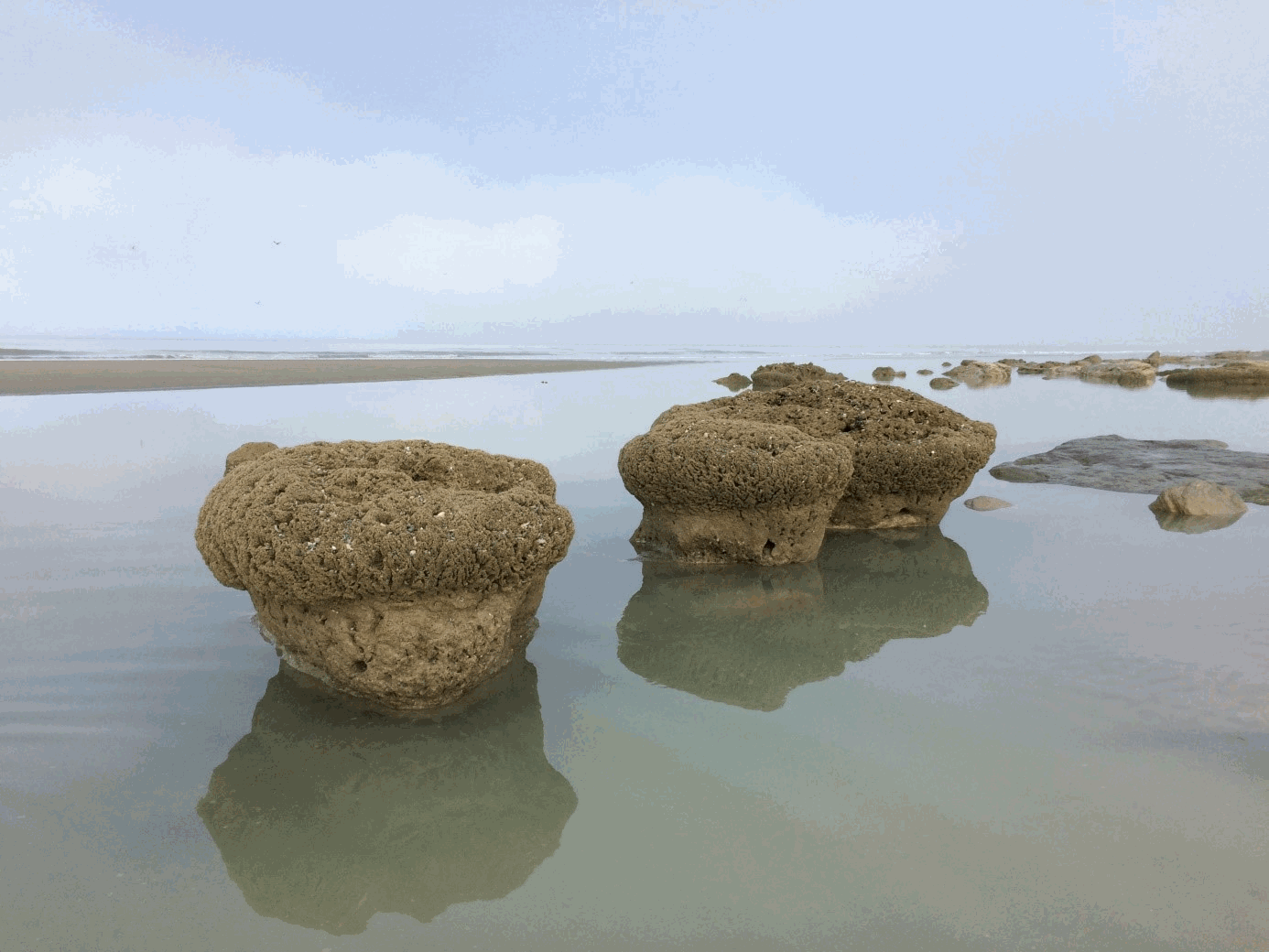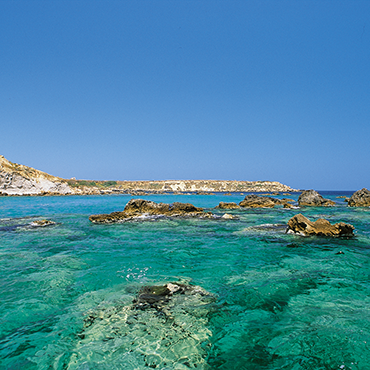dataset
Type of resources
Available actions
Topics
Keywords
Contact for the resource
Provided by
Years
Formats
Representation types
Update frequencies
status
Scale
Resolution
-

-
This data product selects sample areas of digital bathymetry, chosen for their relevance to marine activities and data sources alternative to GEBCO. The approach for building the digital map of water depth is to use GEBCO as a baseline and look at a set of sample areas where GEBCO could be improved upon. Sample areas have also been selected to be representative of each continent bordering the Atlantic and expected future requirements. Data sources include GEBCO, EMODNET, USGS and CHS.
-

Numerous reef-forming species have declined dramatically over the last century. Many of these declines have been insufficiently documented due to anecdotal or hard-to-access information. The Ross worm Sabellaria spinulosa (L.) is a tube-building polychaete that can form large mostly subtidal reefs, providing important ecosystem services such as coastal protection and habitat provision. It ranges from Scotland to Morocco and into the Mediterranean as far as the Adriatic, yet little is known about its distribution outside of the North & Wadden Seas, where it is protected under the OSPAR & HELCOM regional sea conventions respectively. As a result, online marine biodiversity information systems currently contain haphazardly distributed records of S. spinulosa. One of the objectives of the REEHAB project (http://www.honeycombworms.org) was to combine historical records with contemporary data to document changes in the distribution and abundance of the two Sabellaria species found in Europe, S. alveolata and S. spinulosa. Here we publish the result of the curation of 555 S. spinulosa sources, gathered from literature, targeted surveys, local conservation reports, museum specimens, personal communications by authors their research teams, national biodiversity information systems (i.e. the UK National Biodiversity Network (NBN), www.nbn.org.uk) and validated citizen science observations (i.e. https://www.inaturalist.org). 56% of these records were not previously referenced in any online information system. Additionally, historic samples from Gustave Gilson were scanned for S. spinulosa information and manually entered. The original taxonomic identification of the 40,261 S. spinulosa records has been kept. Some identification errors may however be present, particularly in the English Channel and Mediterranean where intertidal and shallow subtidal records can be mistaken for Sabellaria alveolata. A further 229 observations (16 sources) are recorded as ‘Sabellaria spp.’ as the available information did not provide an identification down to species level. Many sources reported abundances based on the semi-quantitative SACFOR scale whilst others simply noted its presence, and others still verified both its absence and presence. The result is a curated and comprehensive dataset spanning over two centuries on the past and present global distribution and abundance of S. spinulosa. Sabellaria spinulosa records projected onto a 50km grid. When SACFOR scale abundance scores were given to occurrence records, the highest abundance value per grid cell was retained.
-

-

-

-

ICES hosts data collected from both net trawl surveys (primarily bottom trawling), and from echo sounding (acoustic sampling in the pelagic zone). The net trawls are primarily hosted in the DATRAS data portal, and the acoustics in the acoustic trawl surveys portal. DATRAS (the Database of Trawl Surveys) stores data collected primarily from bottom trawl fish surveys coordinated by ICES expert groups. The survey data are covering the Baltic Sea, Skagerrak, Kattegat, North Sea, English Channel, Celtic Sea, Irish Sea, Bay of Biscay and the eastern Atlantic from the Shetlands to Gibraltar. At present, there are more than 45 years of continuous time series data in DATRAS, and survey data are continuously updated by national institutions. The acoustic database hosts information on fisheries observations collected from various pelagic surveys coordinated by ICES and falls into two categories: acoustic data, derived from readings taken on vessels, and those obtained through trawls in the open ocean – pelagic – zone. Combined, this provides key biological data on fish stocks such as herring, mackerel and blue whiting as well as krill and other prey species. The data from both systems are used for stock assessments and fish community studies by the ICES community and form the basis of management advice to the relevant regulatory bodies.
-

-
Auteur(s): Darracq Alain, Desmoulins Christian , Proposition pour la reconversion d'une ancienne minoterie en en lieu de création artistique et artisanale
-

Réseaux d'assainissement collectif des collectivités territoriales de Charente ayant transmis leurs données à l'ATD16 pour intégration dans le SIG Départemental. La donnée n'est pas complète car elle est intégrée au compte goutte pour le compte des collectivités. La donnée est agrégée à l'échelle départementale dans le standard RAEPA
 Catalogue PIGMA
Catalogue PIGMA